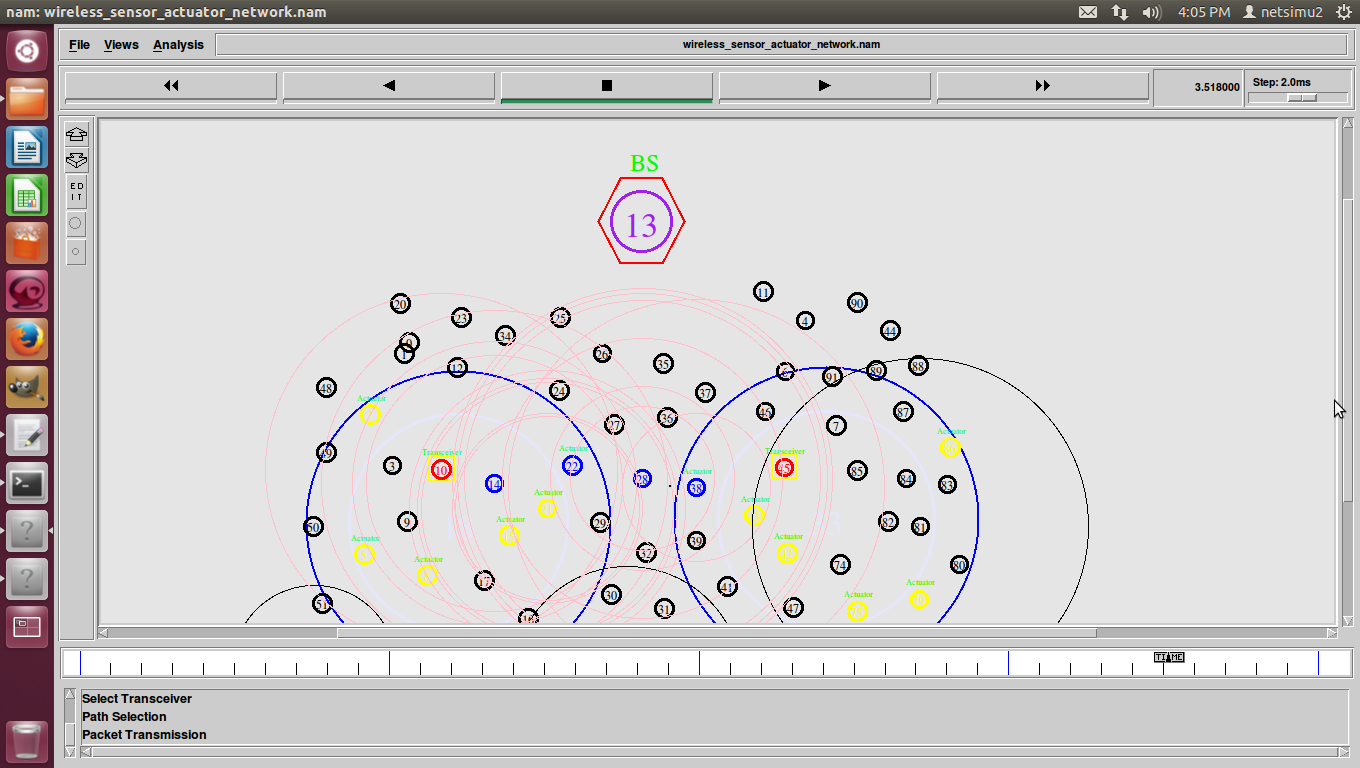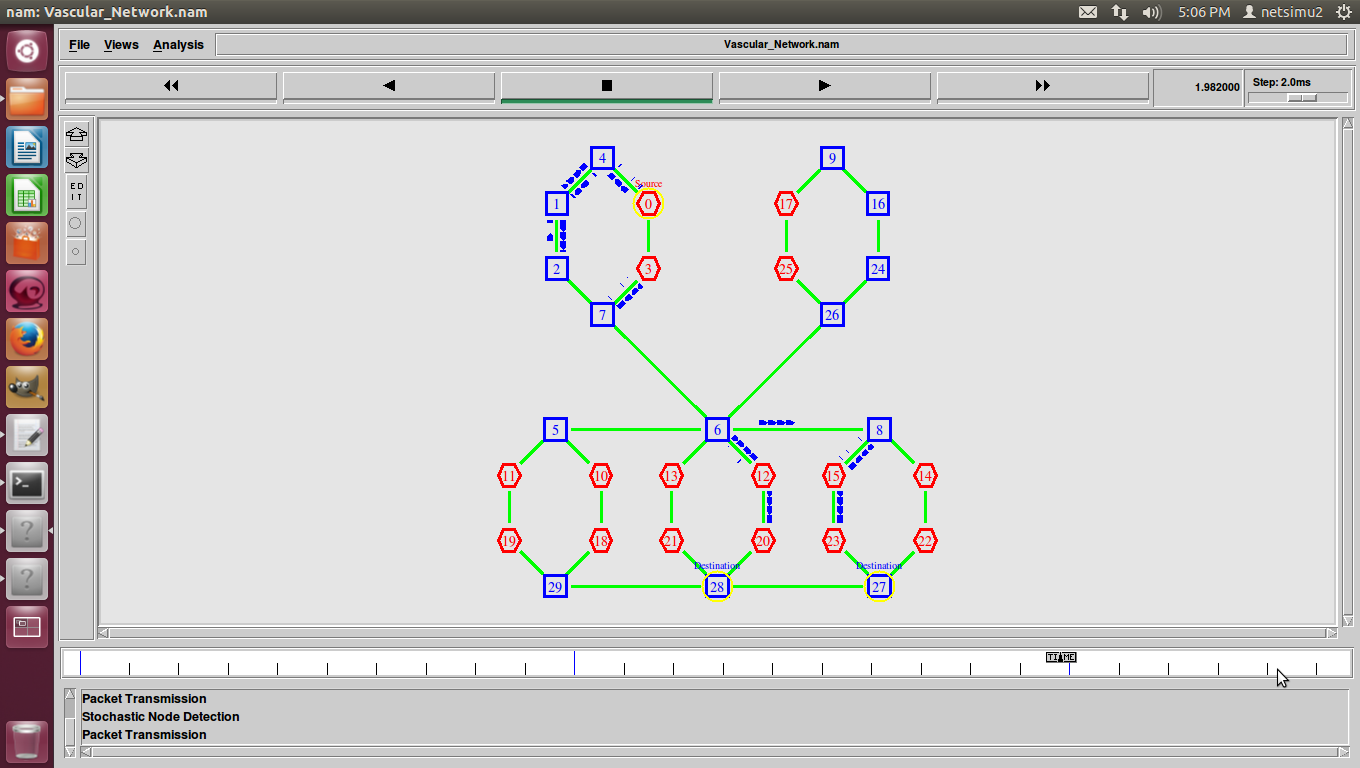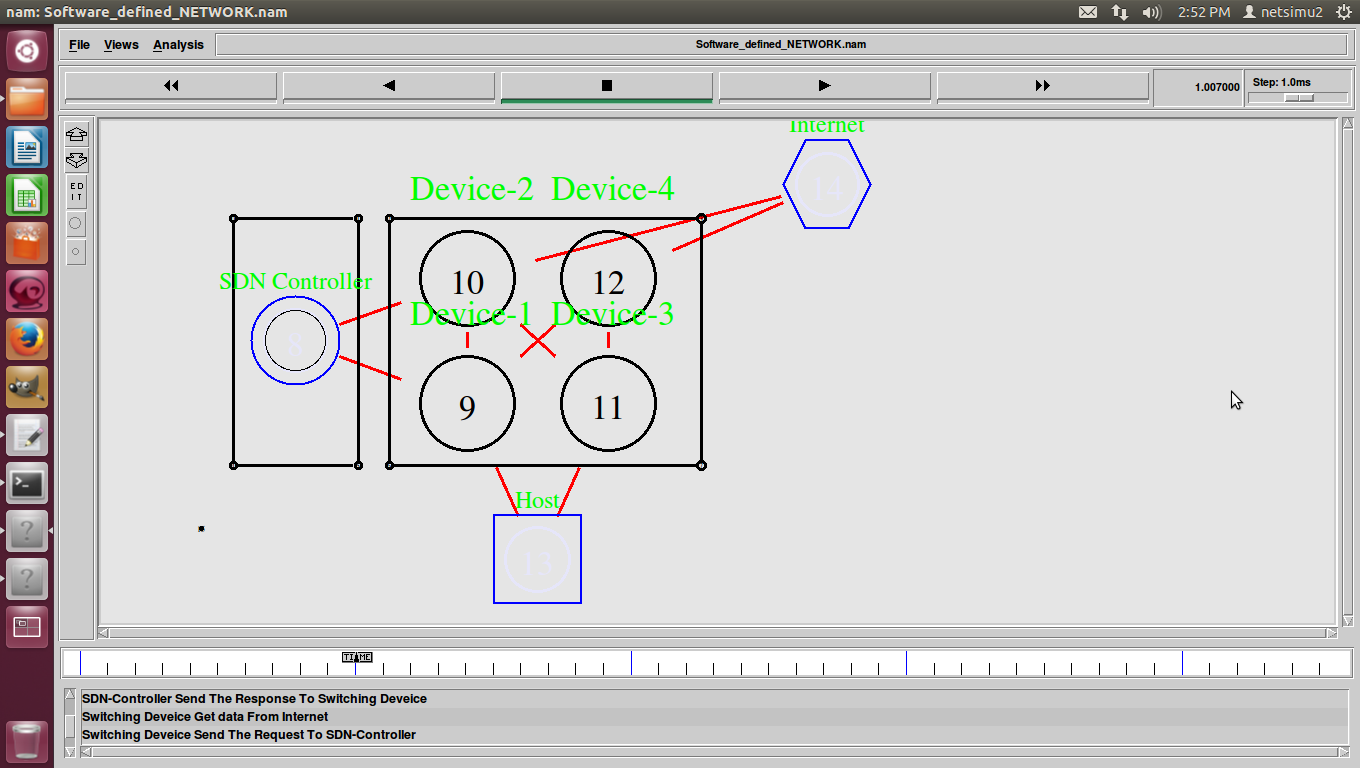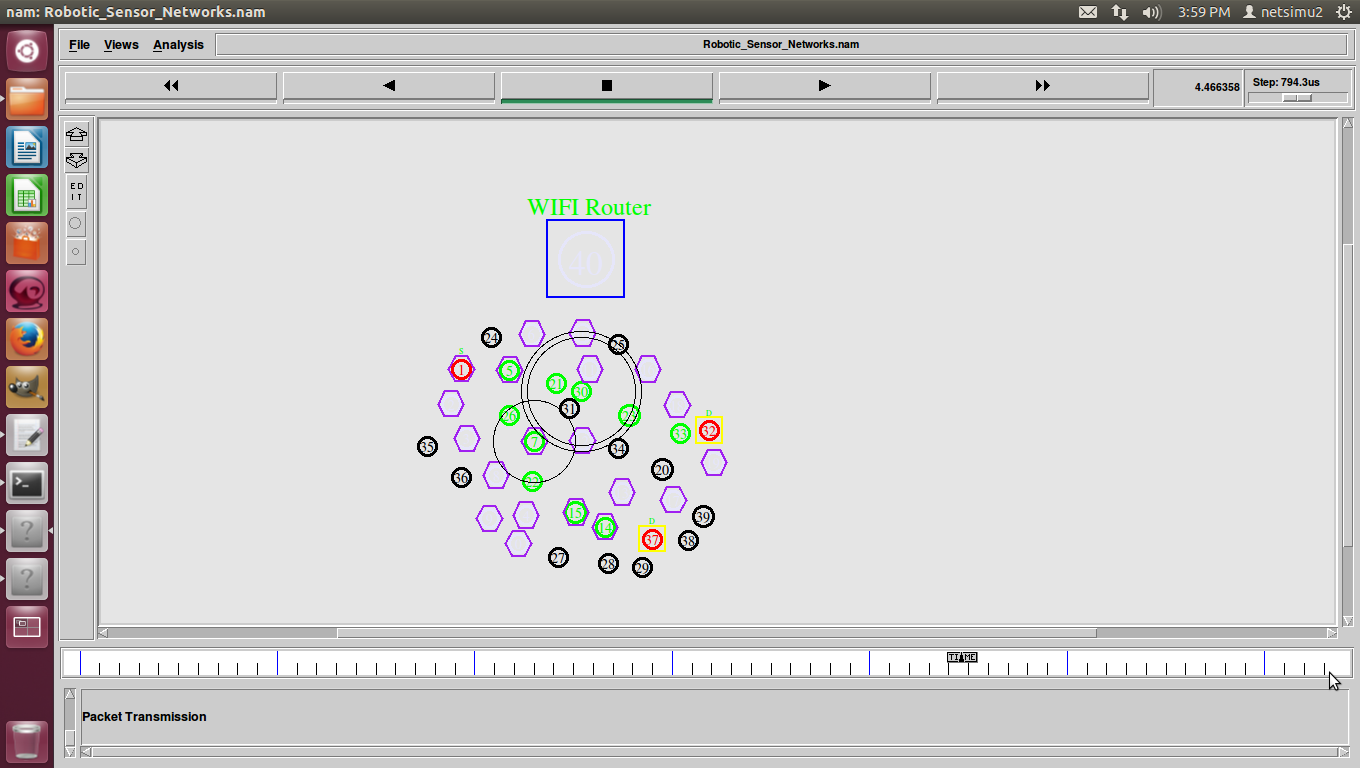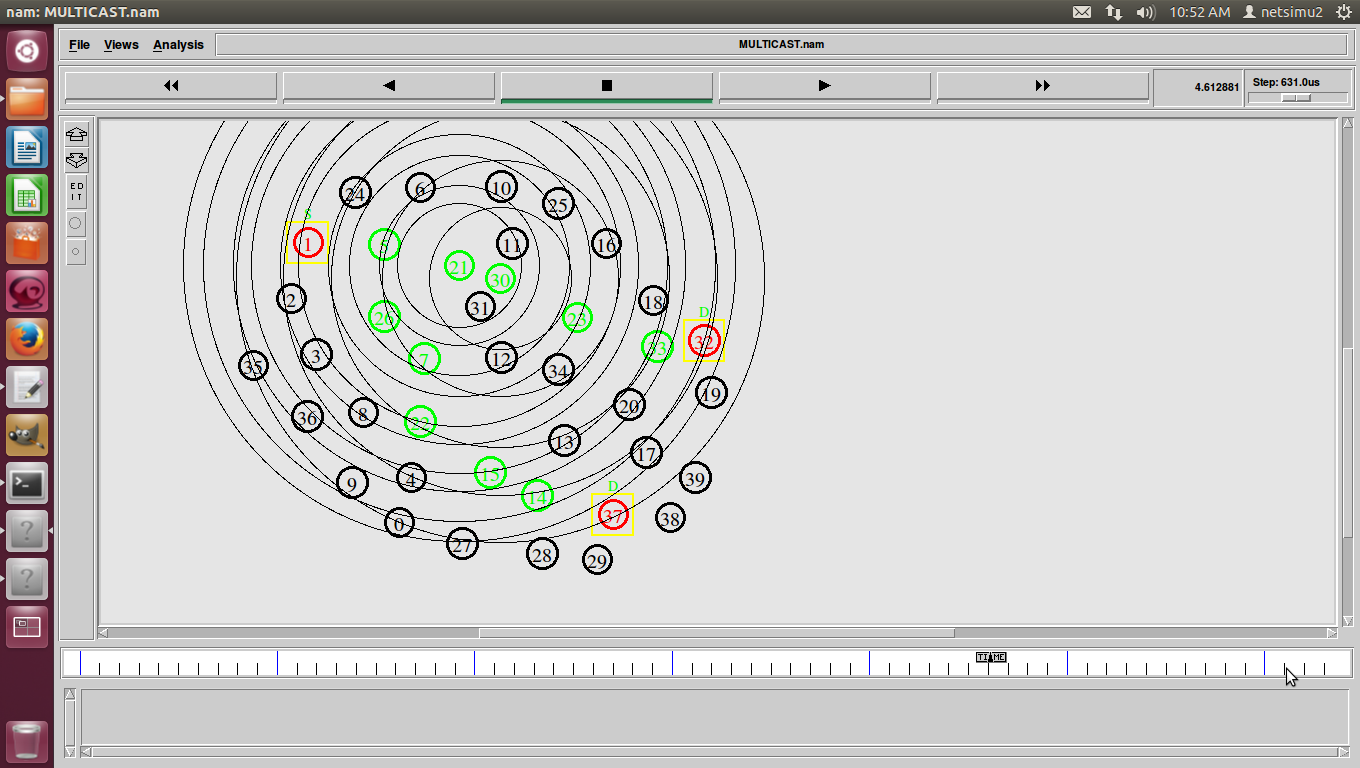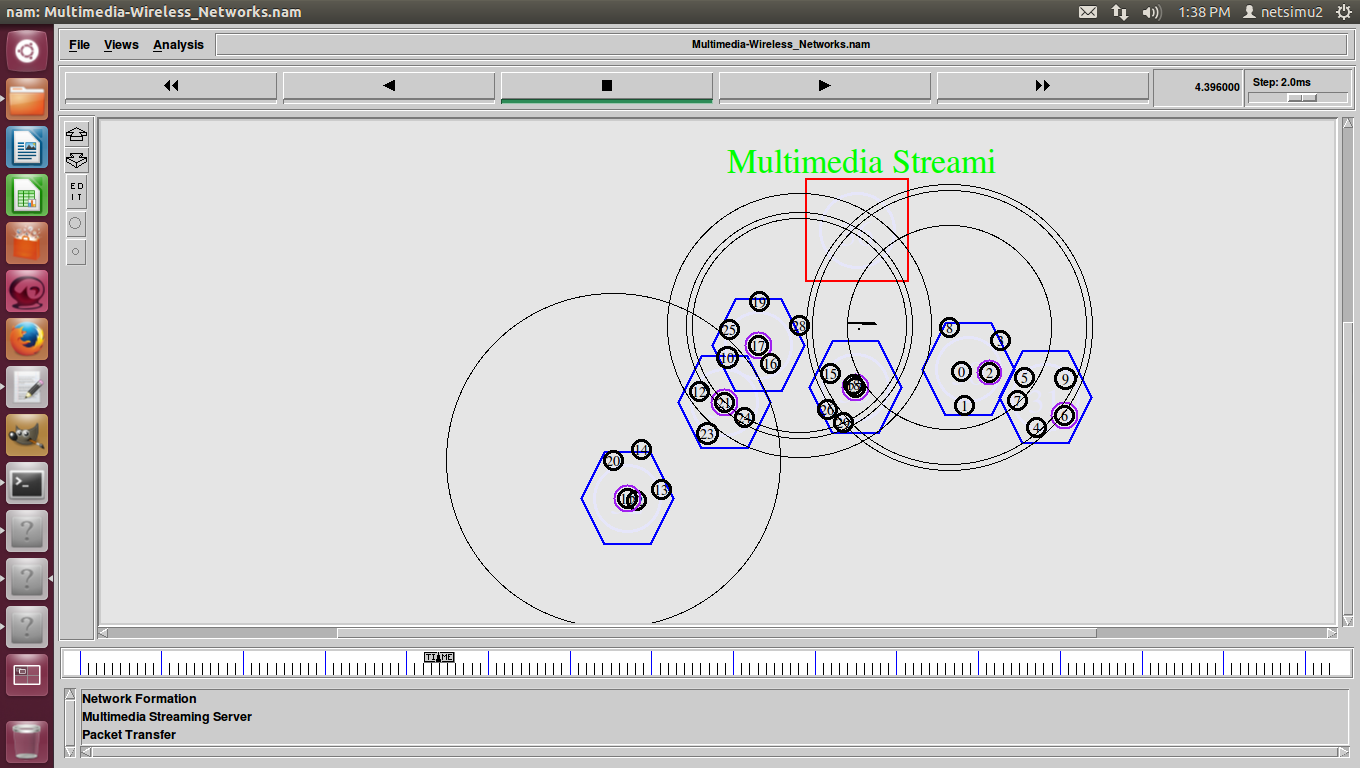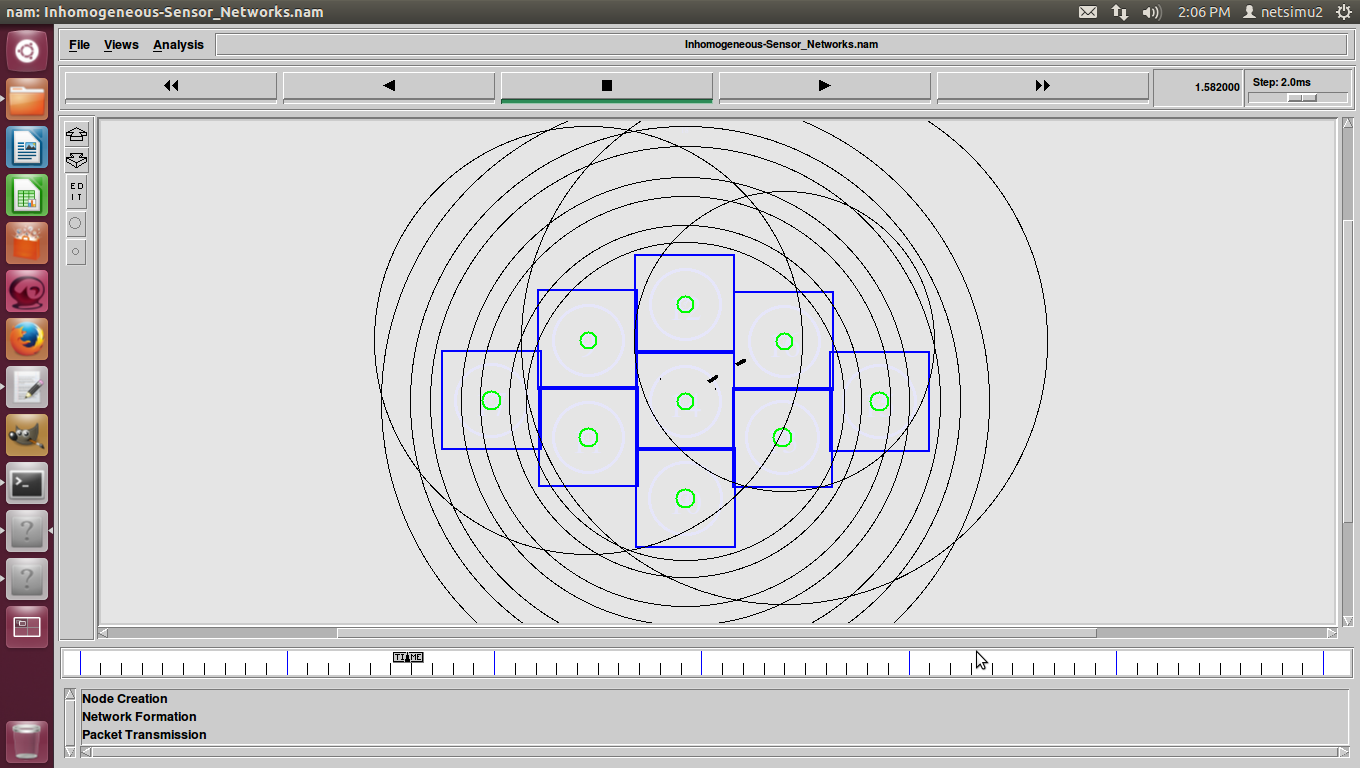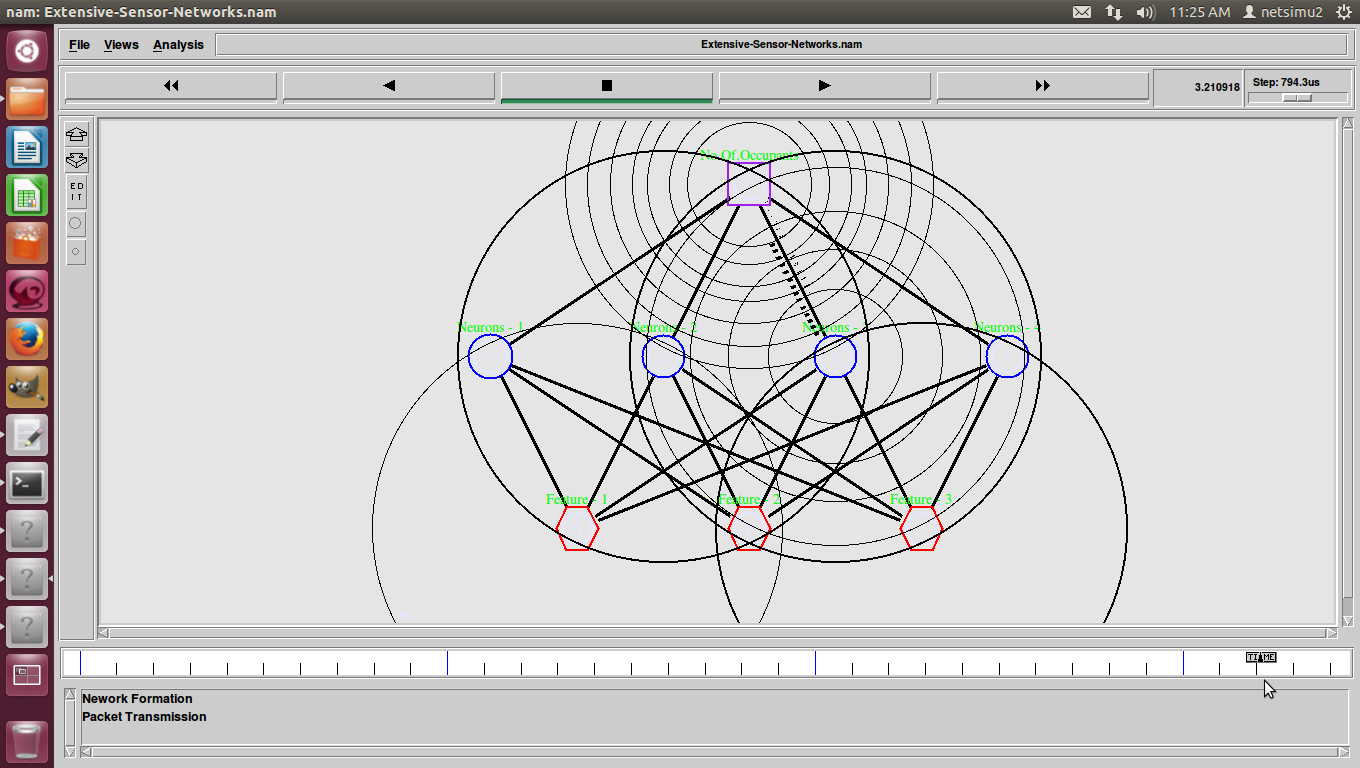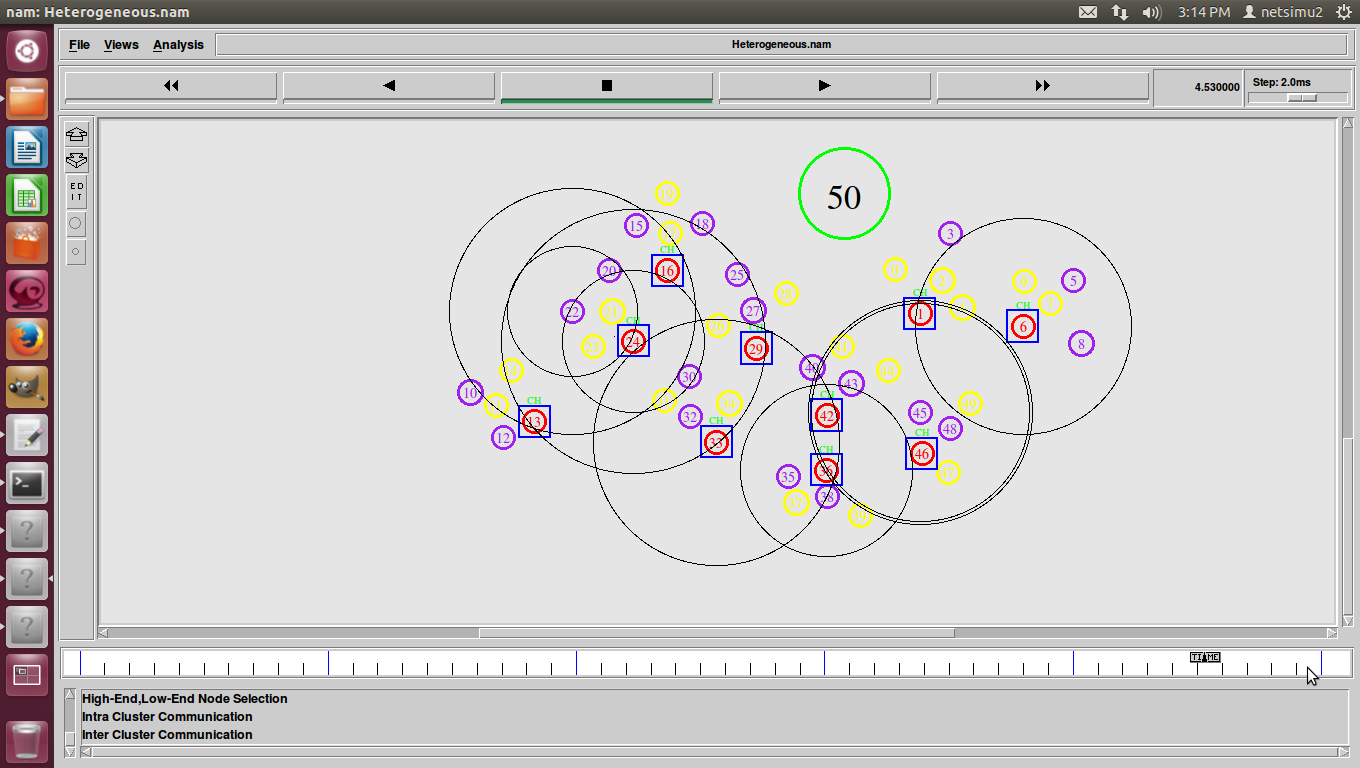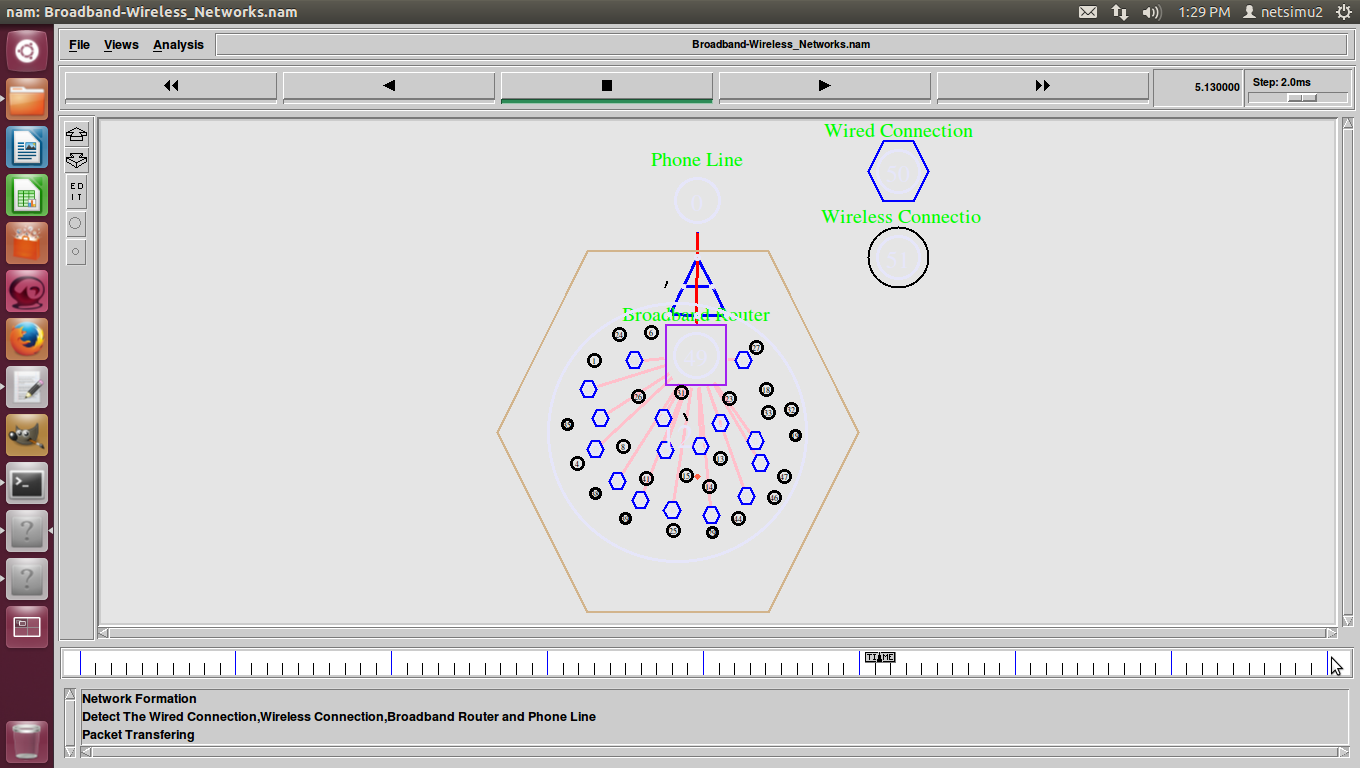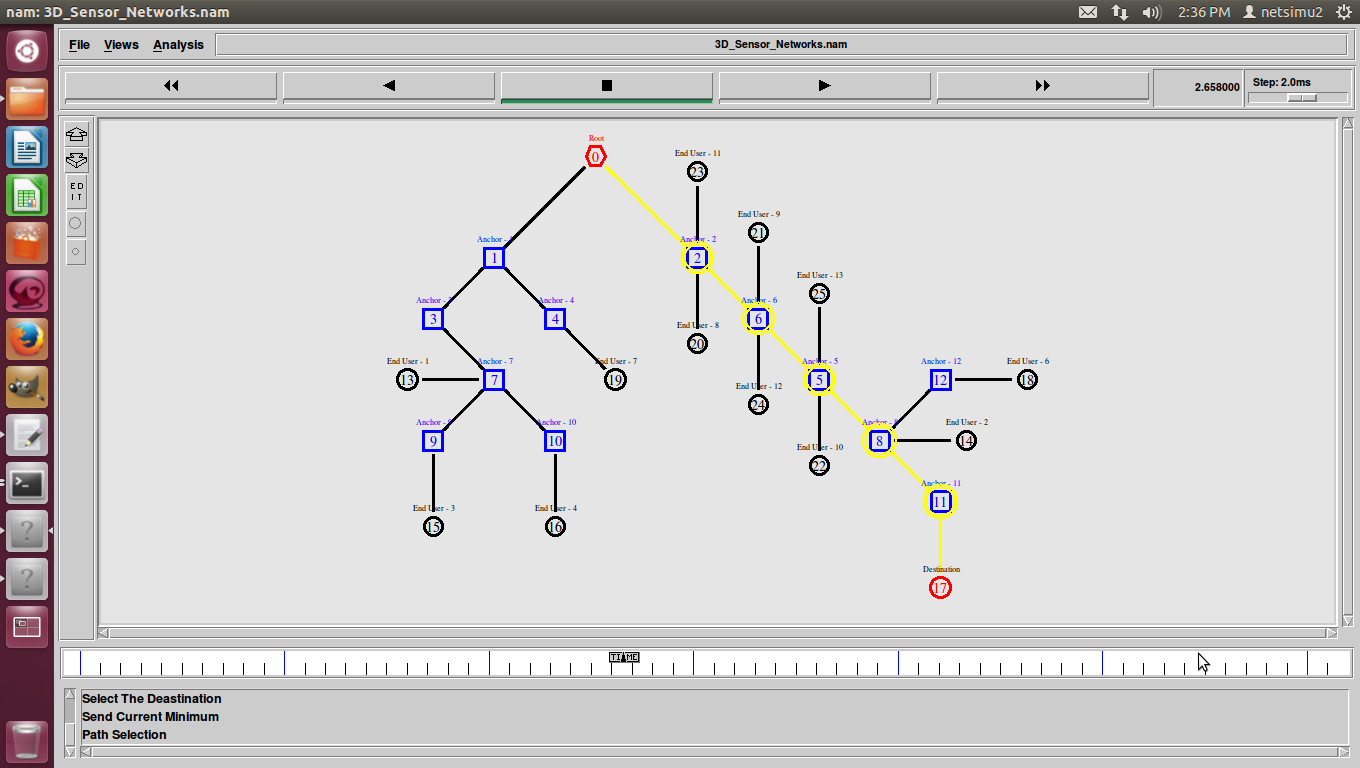EvalVid Source Code – In this section we are going to discuss about the how the frame loss is calculate, during video transmission process also in simulation tool Evalvid-with-their source-code.
- Based on the video trace file, the sender trace file, and the receiver trace file, the lost frames can indicate.
- If a frame is lost due to packet loss, also the ET component sets the vop_coded. bit of this video object plane (VOP) header in the original compress video file to 0.
- The setting of this bit to 0 indicates that no subsequent data exists for this VOP. This type of frame is refer to as a vop-not-coded frame.
- While a frame is completely receive and the vop_coded bit is set to 1, this type of frame is refer to as a decodable frame.
- After setting the vop_coded bit to 0 for all the lost frames, the process file is then used to represent the compressed video file receive by the receiver side.
Sample Evalvid Source Code.
void resetbits(unsigned pos)
{
pos_ = pos;
bit_ = CHAR_BIT;}
unsigned nextbits(unsigned char *s, unsigned n)
{
unsigned i = 0, v = 0;
while (i < n) {
if (!bit_) pos_++, bit_ = CHAR_BIT;
if (bit_ == CHAR_BIT && (n - i) / CHAR_BIT) {
while ((n - i) / CHAR_BIT) {
v = v << CHAR_BIT | s[pos_++];
i += CHAR_BIT;
}
continue; }
v = v << 1 | GETBIT(s[pos_], --bit_);
i++;
}
return v;}
unsigned skipbits(unsigned char *s, unsigned b)
{
unsigned count = 0;
if (b > 1) return 0;
for (;;) {
if (!bit_) pos_++, bit_ = CHAR_BIT;
if (b == GETBIT(s[pos_], --bit_)) count++; else break;
}
return count;}
int mark_not_coded(unsigned char *p, unsigned n, unsigned nti)
{
unsigned sc;
resetbits(0);
if (sc != SC_VOP) goto X;
VOP:
nextbits(p, 2);
skipbits(p, 1);
if (!nextbits(p, 1)) goto X;
nextbits(p, nti);
if (!nextbits(p, 1)) goto X;
CLRBIT(p[pos_], bit_ - 1);
if (nextbits(p, 1)) goto X;
NO_VOP:
return currentpos();
X: return 0;}





